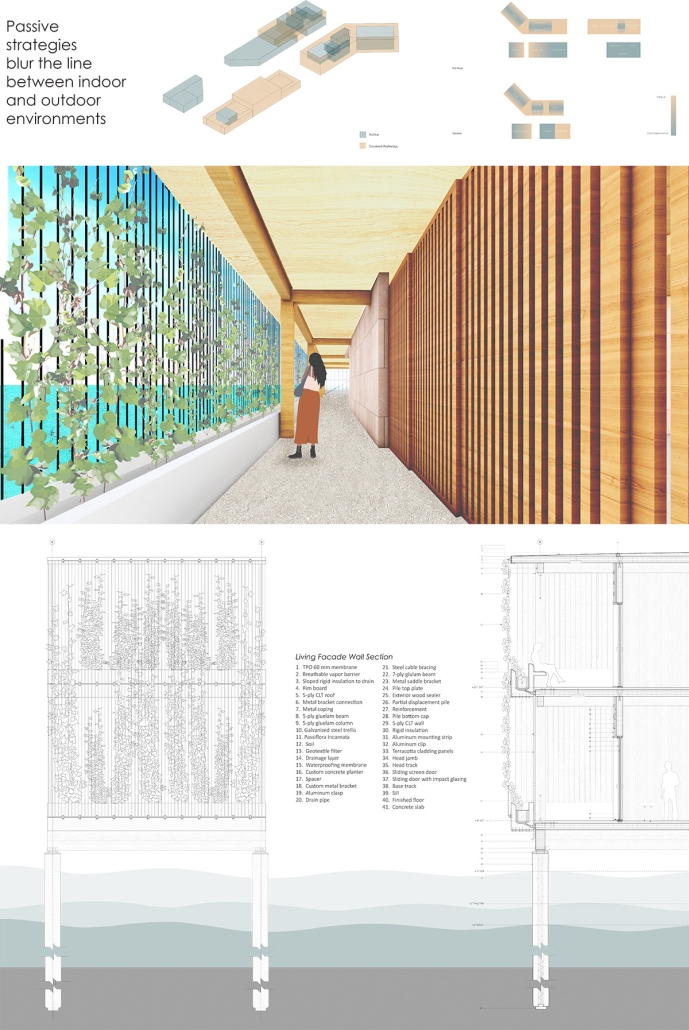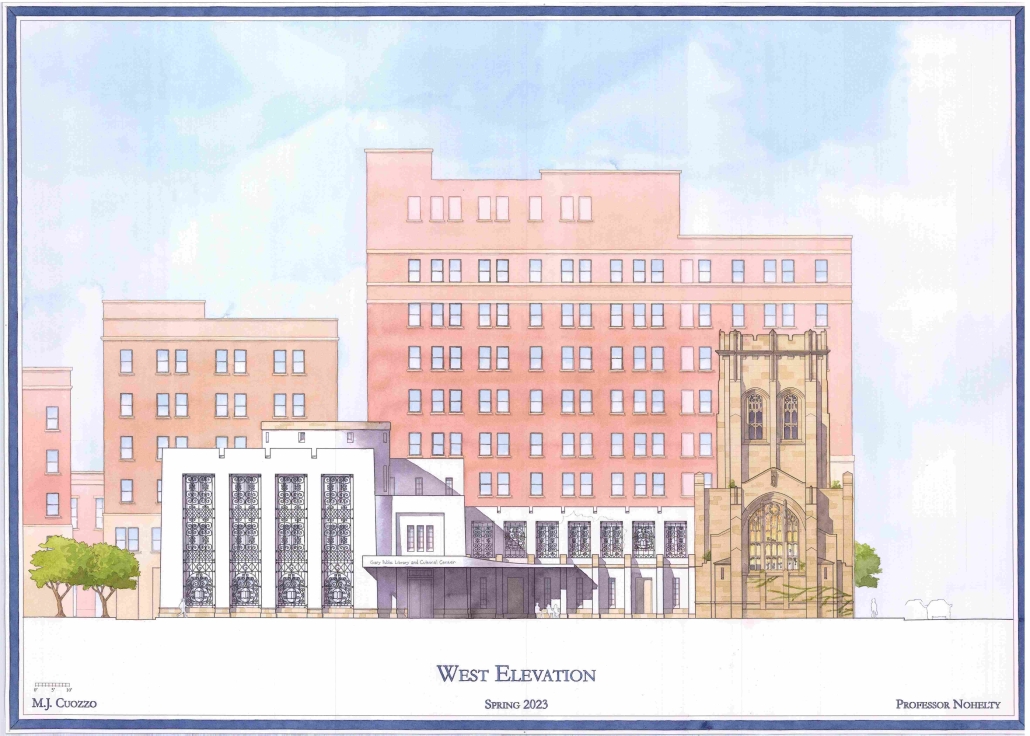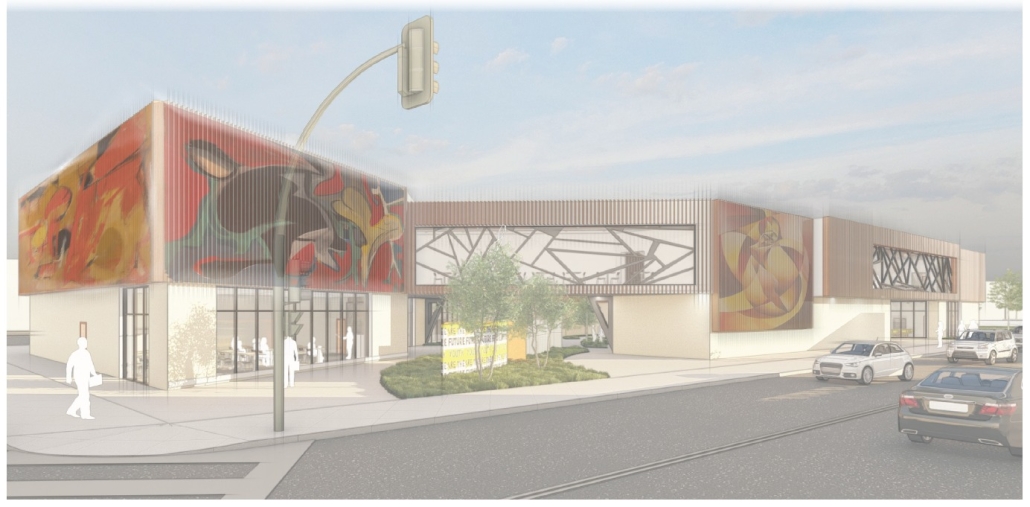DesignPhiladelphia Announces 2nd Annual Justice Alliance in Design Education (JADE) Fellows!
DesignPhiladelphia proudly announces the 2nd annual Justice Alliance in Design Education (JADE) Fellowship. This initiative, in collaboration with local colleges and universities, aims to foster a diverse and inclusive culture within Philadelphia’s architecture and design education space. Inspired by the success of programs like the Posse Foundation, the JADE Fellowship is built on the belief that a small, diverse group of talented students can drive significant individual and community development.
The JADE Fellowship supports a cohort of six undergraduate students from underrepresented communities and is committed to creating a community and culture that not only nurtures personal career growth but promotes a more inclusive environment for all design students and emerging professionals. Rebecca Johnson, the Executive Director of DesignPhiladelphia, shared her enthusiasm: “Through the JADE Fellowship, we are not just supporting individual talents; we are actively shaping an inclusive, welcoming, and diverse design community right here in Philadelphia.”
We are honored to introduce our JADE Fellows for the year 2025:
- Kamal J. Rhodes, Community College of Philadelphia
- Promise Nkhono, Drexel University
- Tavia Mitchell, Penn State University
- Hanna Awad, Temple University
- Wilnie Rose Papillon, Thomas Jefferson University
- Julia DiMeo, University of Pennsylvania
Learn more about this groundbreaking initiative here.


























































































